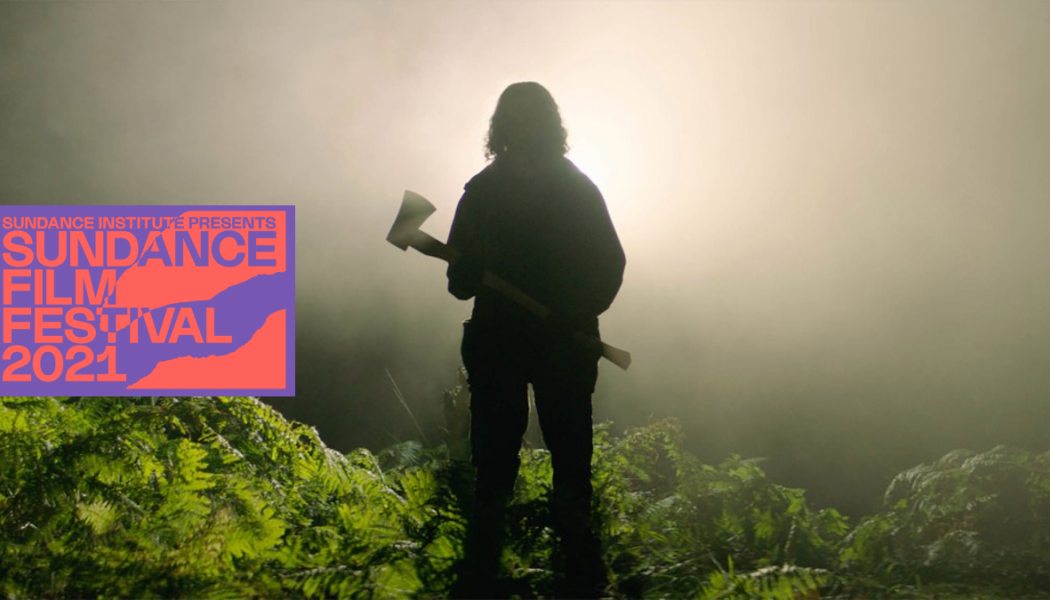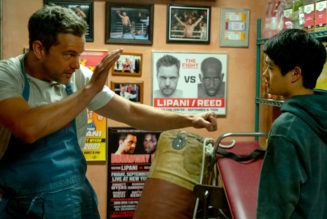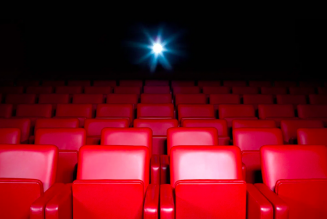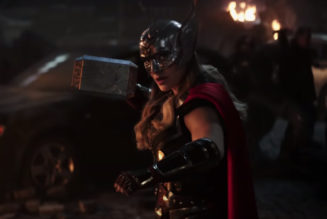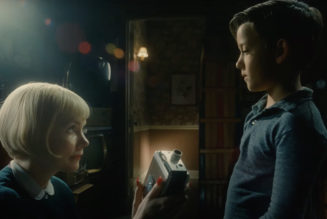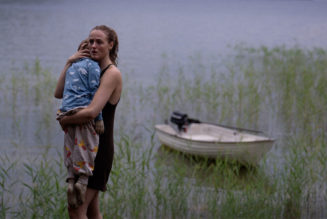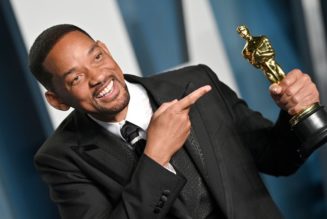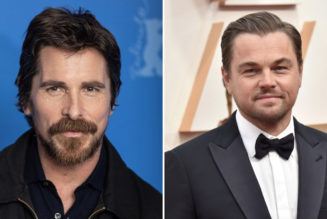
This review is part of our Sundance 2021 coverage.
The Pitch: In The Earth is Ben Wheatley’s welcome return to horror after last year’s Rebecca, his disappointing foray into Netflix-approved gothic romance. The film follows city dwelling scientist Dr Martin Lowery (Joel Fry) and intrepid park scout Alma (Ellora Torchia) as they set out on foot through the Arboreal Forest to investigate the welfare of his colleague Dr. Olivia Wendle (Hayley Squires), who has been radio silent for months.
After Martin injures his foot, the pair seek help from Zac (Reece Shearsmith), an enigmatic recluse who has been living illegally in the forest. It quickly becomes clear that not all is right and the pair lose their sense of time and become increasingly disoriented. A dangerous discovery reveals that their woes are tied to local legend Pernag Fegg, the spirit of the woods. Can Martin and Alma survive long enough to find their way out?
Secret Pandemic Film: One of the surprises of In The Earth is that Wheatley not only made the film during the pandemic, but also incorporated the virus into the narrative. In addition to the safety precautions set in place when Lowery arrives at Gantalow Lodge at the edge of the forest, In The Earth slyly puts forth the argument that humanity is an entirely different kind of virus that encroaches on and destroys everything in its path.
At the micro level, this is embodied in the conflict between the warring human factions – Lowery and Alma vs Zac vs Dr. Wendle. Even when the film becomes more psychedelic and surreal in its back half, the threat firmly oscillates between the dangers of the external environment and the fear of being trapped in the open with humans you can’t entirely trust.
It also applies more broadly at the macro level, when Wendle reiterates the ability of non-human organisms to survive and thrive. The desperate need to understand and communicate with the natural environment is one of the big drivers of the narrative, which speaks to the way the pandemic has changed how humanity views our relationship with the outside world and, more specifically, the environment.
A Fine Balance: One of the film’s strengths is how Wheatley balances the disparate tones and visual components of the film. For long stretches, In The Earth is a character drama between four people. These tense, often philosophical debates and confrontations are then intermixed with moments of extreme gore, dark comedy and bombastic visual set pieces. In one virtuoso example, a character sets off a smoking red flare in the middle of pitch-black night as epileptic strobe lights flash.
Even more impactful are the audacious, verging-on-experimental hypnotic sequences that capture the hallucinatory effects of the forest. In another stand-out set piece, Alma dons a hazmat suit to escape the drug-inducing effects of the local fungi, resulting in a sequence that evokes the mind-bending visuals of the Star Child sequence from Kubrick’s 2001.
These eclectic visuals, punctuated by a pulsing synth score created in part by the real life sounds of the forest, prove that when he is untethered, Wheatley is a tremendously exciting creative force. One caveat: While several scenes of graphic carnage will be catnip for horror fans, squeamish audiences will likely balk at the viscera.
Editors’ Picks
The Verdict: Freed from studio constraints, In The Earth is a psychedelic visual spectacle and a gory philosophical treatise on humanity’s nebulous and threatening relationship with nature. Restless audiences may quibble with the pacing and length, but fans of bombastic visual sequences and discomforting violence will find plenty to like.
